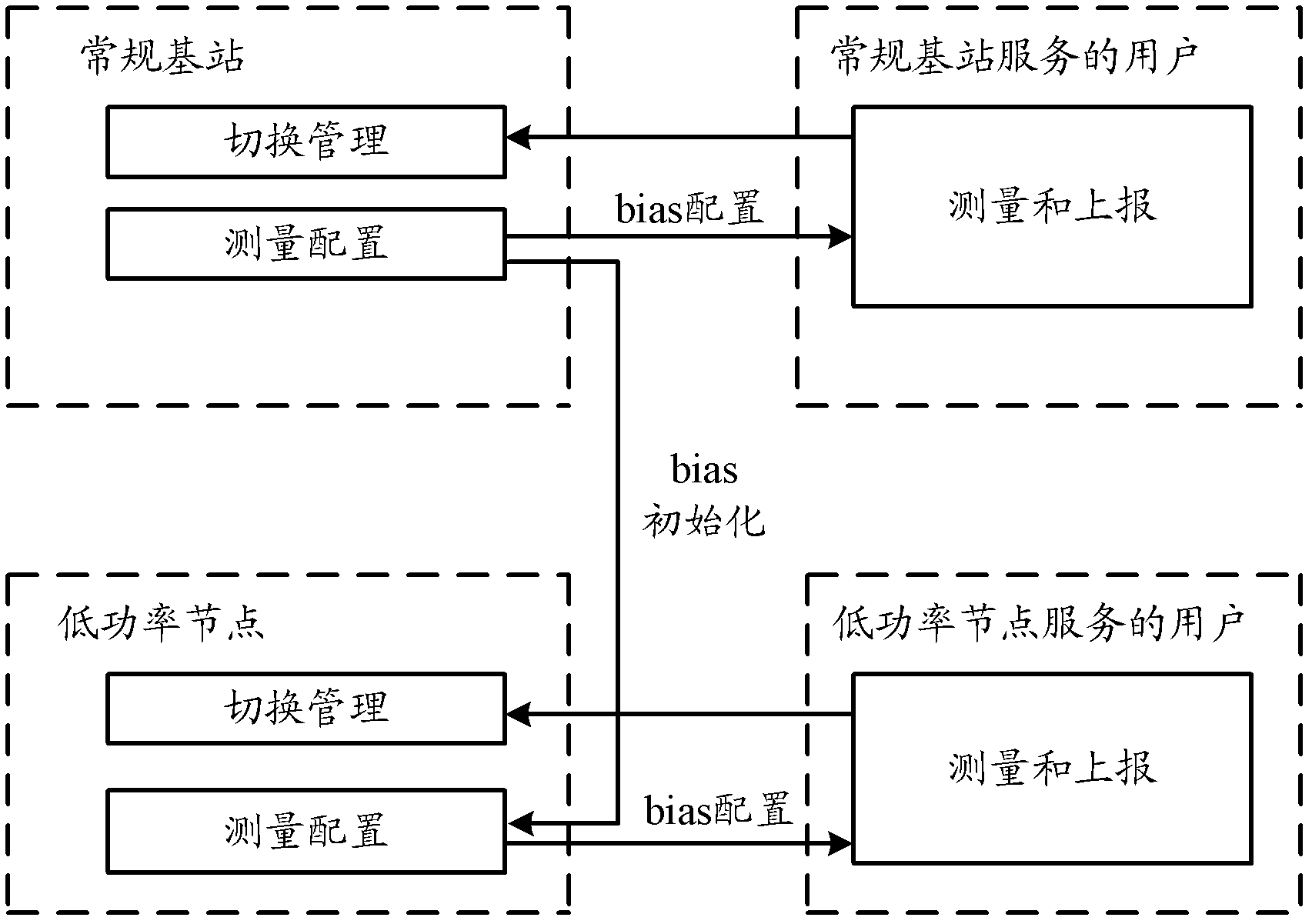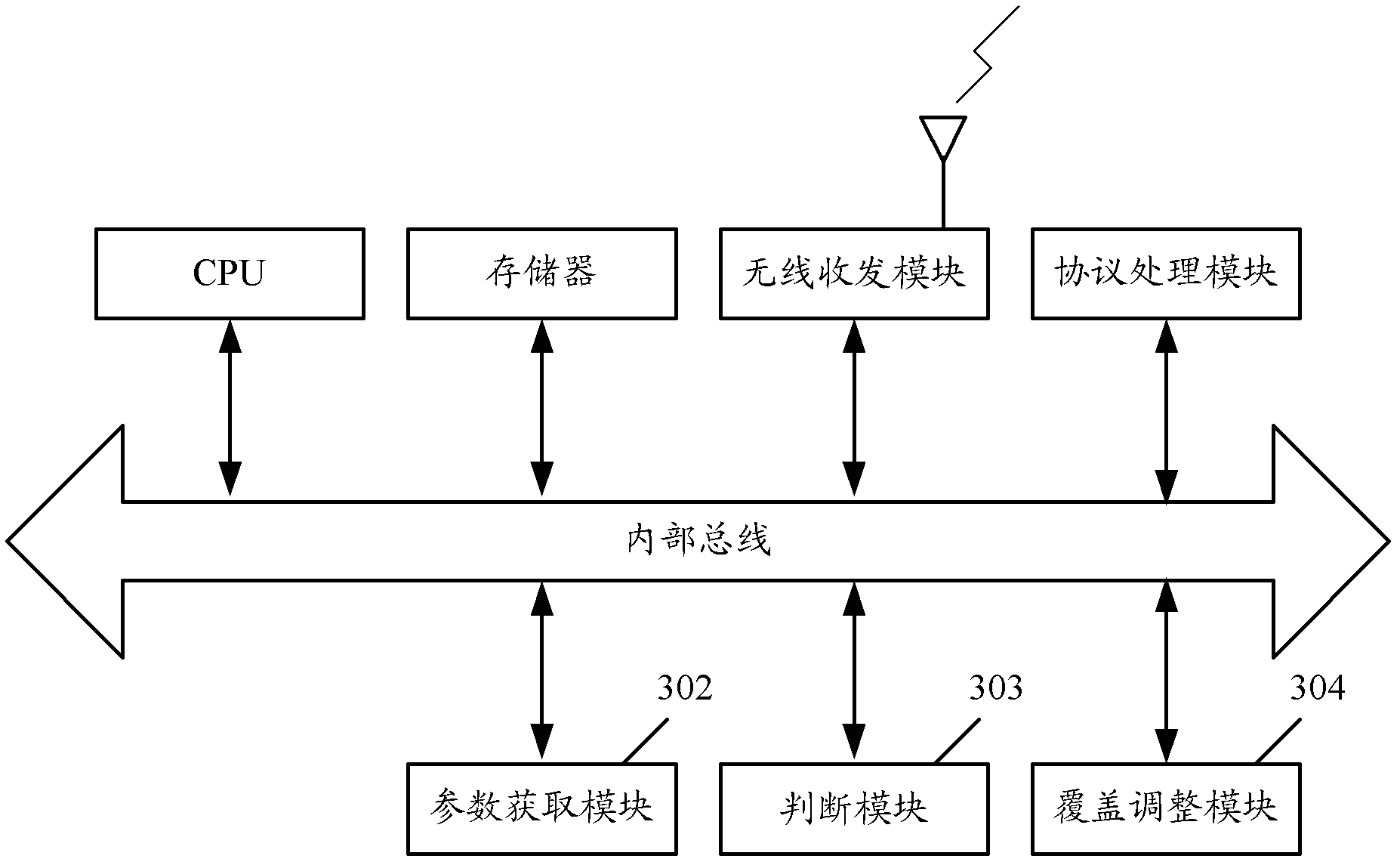Method of adjusting community coverage area in communication system, base station and low-power node
A technology for low-power nodes and cell coverage, which is applied to base stations and low-power nodes to adjust cell coverage, which can solve problems such as insufficient use of resources, different wireless environments, and difficulty in fitting low-power nodes, so as to improve utilization and The effect of service quality
- Summary
- Abstract
- Description
- Claims
- Application Information
AI Technical Summary
Problems solved by technology
Method used
Image
Examples
Embodiment Construction
[0039] In order to make the purpose, technical solutions and advantages of the embodiments of the present invention more clear, the embodiments of the present invention will be further described in detail below with reference to the accompanying drawings and examples.
[0040] The embodiment of the present invention proposes to adjust the coverage of the low-power node according to the actual communication performance of the users served by the conventional base station and the low-power node, so as to improve the system performance.
[0041] The method in the embodiment of the present invention mainly includes: obtaining a first communication performance parameter of a user served by a conventional base station and a second communication performance parameter of a user served by a low-power node; using the first communication performance parameter to obtain one or more coverage adjustment thresholds; Comparing the second communication performance parameter with the coverage ad...
PUM
 Login to View More
Login to View More Abstract
Description
Claims
Application Information
 Login to View More
Login to View More - Generate Ideas
- Intellectual Property
- Life Sciences
- Materials
- Tech Scout
- Unparalleled Data Quality
- Higher Quality Content
- 60% Fewer Hallucinations
Browse by: Latest US Patents, China's latest patents, Technical Efficacy Thesaurus, Application Domain, Technology Topic, Popular Technical Reports.
© 2025 PatSnap. All rights reserved.Legal|Privacy policy|Modern Slavery Act Transparency Statement|Sitemap|About US| Contact US: help@patsnap.com



